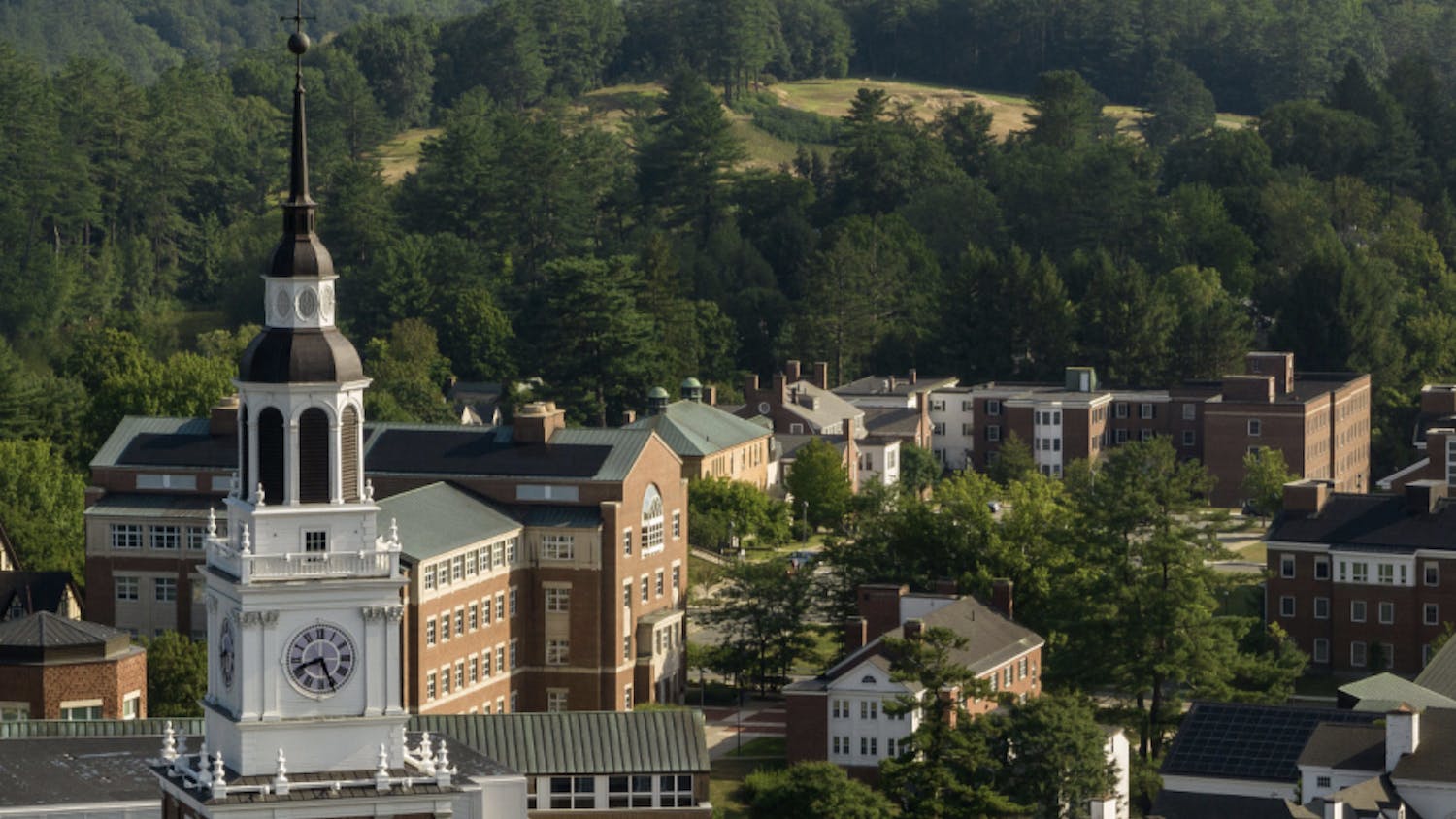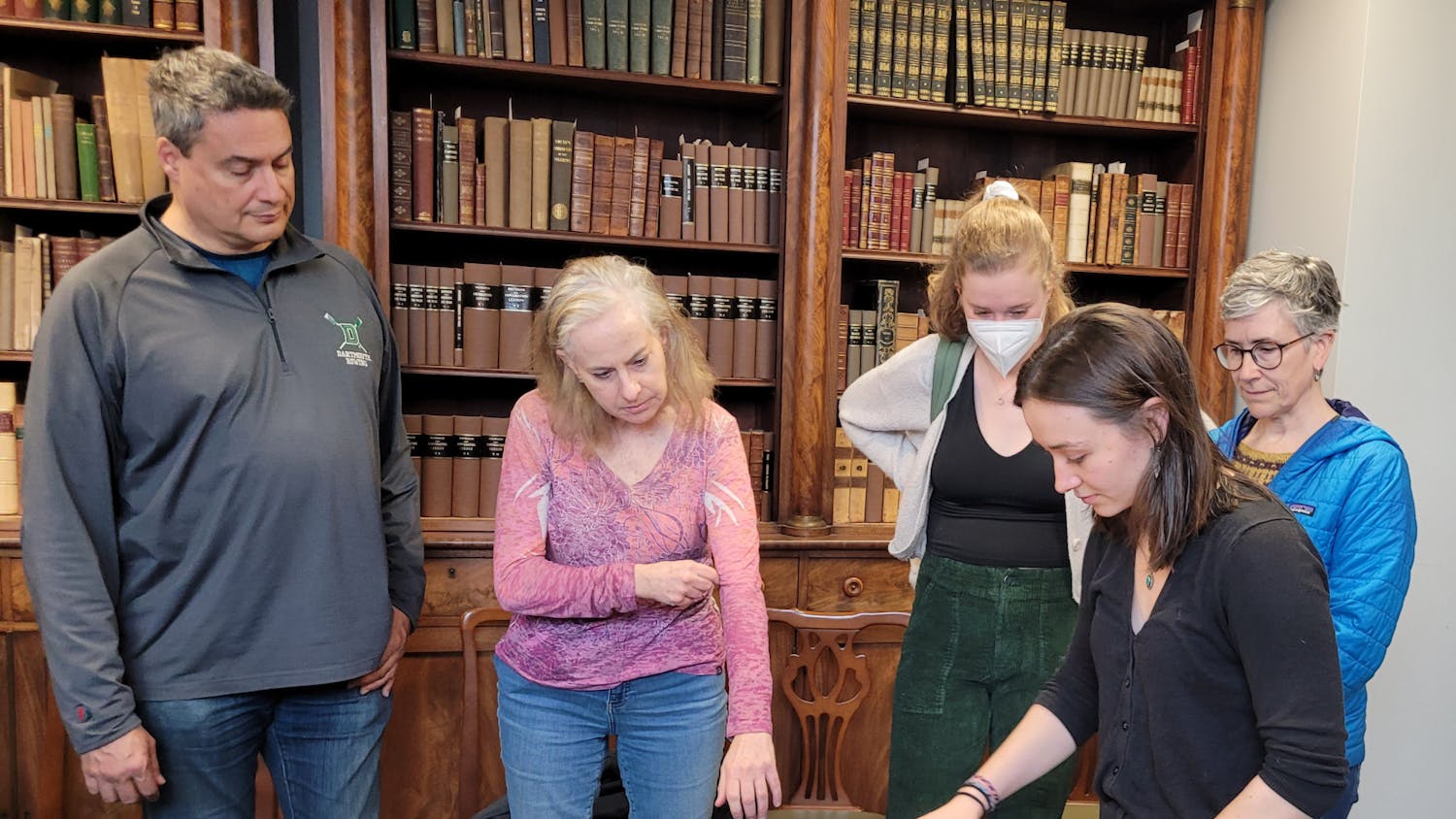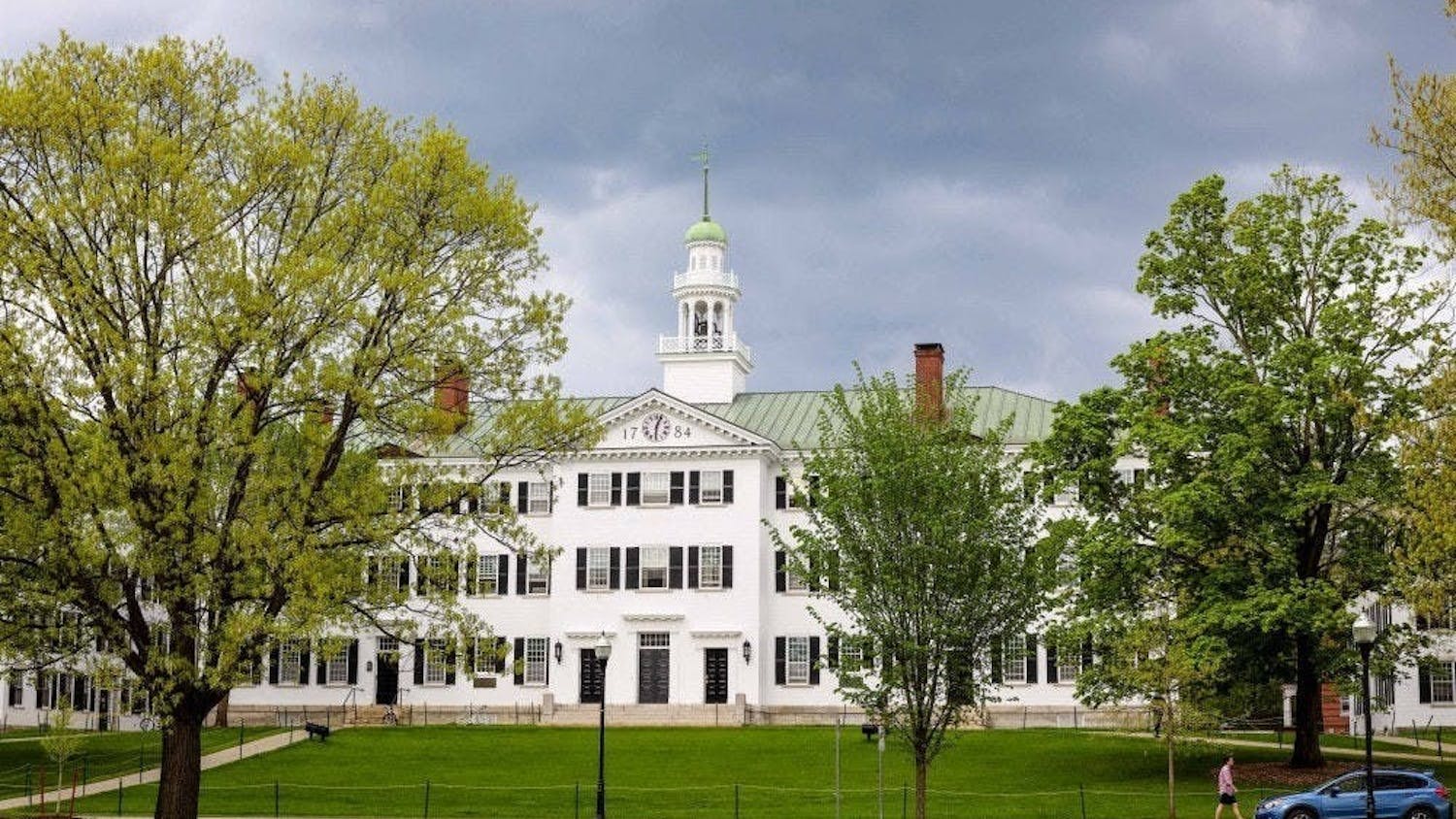Editor's Note: This is the fifth and final article in a series examining higher education admissions in the wake of last year's University of Michigan Supreme Court decisions. This article looks at the benefit given to athletes and compares other common preferences given to applicants that were discussed in this series.
Minorities, legacies and elite high schools -- all seem to benefit during the admissions process. With acceptance rates above average for these groups, is the average well-rounded applicant facing an uphill climb? Yes and no.
But acceptance rates are not high only for these groups. Athletes and students with 800 SAT scores also gain admission at a disproportionately high rate, Dean of Admissions Karl Furstenberg said. Rates are also higher for students with exceptional essays and above-4.0 GPAs. With so many people applying for admission at one of the top 10 schools in the country, it takes a combination of many factors to get that thick envelope come April.
On the other hand, roughly 40 percent of applicants are given some sort of extra attention -- minorities, legacies or athletes. This year, 24 percent of applicants were students of color, 3 percent legacies, and roughly 13 to 17 percent were athletes, based on estimates. This 40 percent of the applicants has a combined admit rate nearly double the overall level.
Athletic admissions statistics are not released by the admissions office. Some speculate that athletes -- particularly those for big sports -- are given the highest preference of all. This does not appear to be the case at Dartmouth, although athletes do benefit from having a lobbyist in their coach. Coaches submit ranked lists of their recruited athletes to the admissions office. The admissions office then reviews the applications, taking into account the applicant's athletic talent and coach's recommendation.
"Athletic talent works in the same way other kinds of talent do. The only difference is it's a much more organized and structured recruiting process and that's a function of the NCAA and the Ivy League rules," Furstenberg said. "They tell us who they want, but there are no guaranteed number of slots."
But even with the ability to submit a list, some coaches expressed frustration with how little say they really have.
"How much clout do I have? Minimal," men's swimming coach Jim Wilson said. "If you look at my SAT scores and compare to the average SAT scores, my kids may be getting in with a 1450 instead of a 1460."
Wilson did, however, speculate that some of the "higher-profile sports like football may be getting a little more help."
Coaches are given little feedback from the admissions office before submitting their lists, according to Wilson. "I'm shooting blind," he said, adding that other schools, even in the Ivy League, are actually more lenient with athletic admissions.
"Some schools will say 'if he has this GPA and this SAT score were going to let him in.' Our admissions doesn't do that," Wilson said.
Michele Hernandez '89, who worked in the Dartmouth admissions office in the mid-1990s and is currently a private college counselor, concurred.
"Dartmouth actually has higher standards for athletes than most schools," she said. "Many athletes that are walking straight into Harvard couldn't get into Dartmouth."
While athletic talent can bolster an application, it does not replace other criteria for admission, according to Furstenberg. If coaches do not find well qualified applicants to put on their list, they risk not getting enough players that year.
"If the coaches say we need nine soccer players this year, but we only think six of them are qualified, that's what they get," he said. "All of the decisions are made here; the only person at the institution who can admit someone is me."
Based on acceptance rates alone, African American students have the best chance of getting into Dartmouth, with legacies right behind them. African Americans were accepted into the Class of 2008 at a rate of 44.6 percent, while legacies had a 35.4 percent acceptance rate. Native Americans and Latinos enjoyed acceptance rates of 34.6 and 29 percent, respectively.
With so much of the applicant pool enjoying these benefits, it leaves others receiving below-average acceptance rates.
White Americans, who make up over 60 percent of applicants, had an acceptance rate of 16.2 percent. International students had the hardest time getting into Dartmouth, accepted at a rate of only 10.2 percent.
"Roughly 40 percent of applicants are 'tagged' in some way. That means 60 percent aren't," Hernandez said. "Overall, the SAT average is not coming from the 40 percent tagged acceptances. The 60 percent have to have higher numbers to pull up the tagged applicants getting a break."
Breaking down statistics from the Class of 2008 applicant pool, the "tagged" applicants are not the only ones receiving a bit of an advantage. Because more male applicants apply to Dartmouth, but the goal male-to-female ratio of the admit class is 50:50, male applicants were accepted at a below-average rate of 16.8 percent, while female applicants were accepted at a rate of 20.1 percent. This difference will likely continue unless female applications catch up with their male counterparts.
But what does all this mean? Well, for one, that no matter how you look at it and no matter who you are, Dartmouth is one of the most selective institutions in the country.
"There are probably no more than about 50 institutions in America that admit less than 50 percent of their applicants," Furstenberg said, "and you wouldn't find any population in our pool that gets admitted above 50 percent."
The other interpretation? If you're an African American female legacy who plays hockey and has at least one 800 SAT score and a GPA above 4.0 ... welcome to Dartmouth.



